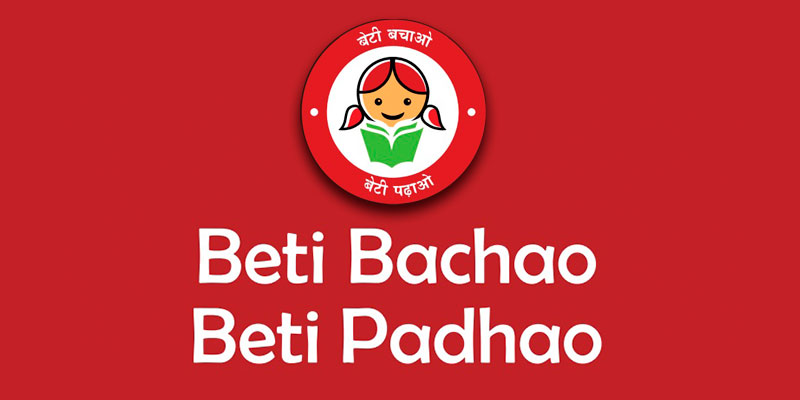- India
- Oct 03
Explainer - Beti Bachao Beti Padhao scheme
• In a bid to speed up progress under the Beti Bachao Beti Padhao initiative, the women and child development ministry is set to introduce a mechanism to rank the performance of districts and incentivise them according to it.
• The scorecard will be crafted based on data extracted from the Mission Shakti Management Information System. It will include separate sections for process indicators and outcome indicators, each playing a vital role in evaluating district performance.
• The outcome indicators will be categorised into broader themes encompassing a girl child’s protection, survival, health, education, and overall development. The process indicators, on the other hand, will focus on the institutional mechanisms in place and capacity-building measures undertaken at various levels of scheme implementation.
• Based on the district scorecard, the ministry will release the annual District Beti Bachao Beti Padhao Ranking. This data will also be aggregated at the state level to gauge overall state performance.
Beti Bachao Beti Padhao (BBBP) Scheme
• In India, sex determination before birth and discrimination against the girl child post-birth had increasingly led to an alarming situation.
• The Census, 2011 had shown a significant declining trend in Child Sex Ratio (CSR), with 918 girls per 1,000 boys in the age group of 0-6 years.
• As per the World Health Organisation (WHO), the international standard for natural sex ratio at birth is 952.
• The unabated decline in CSR from 976 in 1961 to 927 in 2001 and 918 in 2011 was a matter of grave concern as it reflected the low status of women in our society and indicated her disempowerment over a life-cycle continuum.
• Beti Bachao Beti Padhao (BBBP) scheme was launched by Prime Minister Narendra Modi on January 22, 2015 in Panipat, Haryana.
• It was launched to address the issue of decline in Child Sex Ratio (CSR) in the country along with related issues of empowerment of girls and women, over a life cycle continuum.
• In the 15th Finance Commission period, the scheme is being operated/implemented as a component of the Sambal sub-scheme of Mission Shakti.
• The scheme, which was earlier operational in 405 districts, is now being expanded to cover all the districts of the country through multi-sectoral interventions.
• This requires horizontal and vertical convergent action with concerned ministries/departments and other stakeholders at all levels, for policy and programmatic interventions, outreach, capacity building and communication.
• There is no provision for Direct Benefit Transfer (DBT) or creation of capital assets under the scheme.
• The scheme is primarily focused on creating behavioural and social change in the way the girl child is perceived across the country by informing, influencing, motivating, engaging and empowering all stakeholders.
• It will encourage spending on activities that have ground impact through convergent action.
Objectives of the scheme:
i) Improvement in the Sex Ratio at Birth (SRB) by 2 points every year.
ii) Improvement in the percentage of institutional deliveries or sustained at the rate of 95 per cent or above.
iii) One per cent increase in first trimester Anti-Natal Care (ANC) registration per year.
iv) One per cent increase in enrolment at secondary education level and skilling of girls/women per year.
v) To check dropout rate among girls at secondary and higher secondary levels.
vi) Raising awareness about safe Menstrual Hygiene Management (MHM).
Impact of the scheme
• Sex Ratio at Birth at national level has improved by 19 points from 918 (2014-15) to 937 (2020-21)
• Gross Enrolment Ratio of girls in the schools at secondary level has improved from 75.51 per cent in 2014-15 to 79.46 per cent in 2020-21.
• The scheme has resulted in increased awareness and sensitisation of the masses regarding prevalence of gender bias and role of community in eradicating it.
• It has raised concerns around the issue of declining CSR in India.
• Under-5 Child Mortality (Female) has reduced from 45 in 2014 to 36 in 2018.
• Percentage of First Trimester ANC Registration has shown improvement from 61 per cent in 2014-15 to 73.9 per cent in 2020-21.
• Percentage of institutional deliveries has also shown an improvement from 87 per cent in 2014-15 to 94.8 per cent in 2020-21.
Manorama Yearbook app is now available on Google Play Store and iOS App Store

